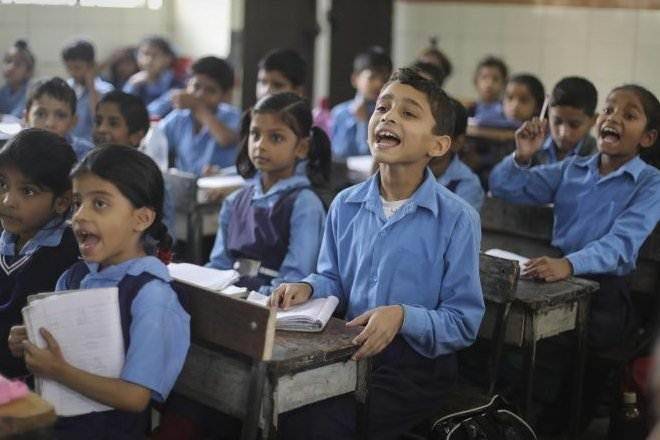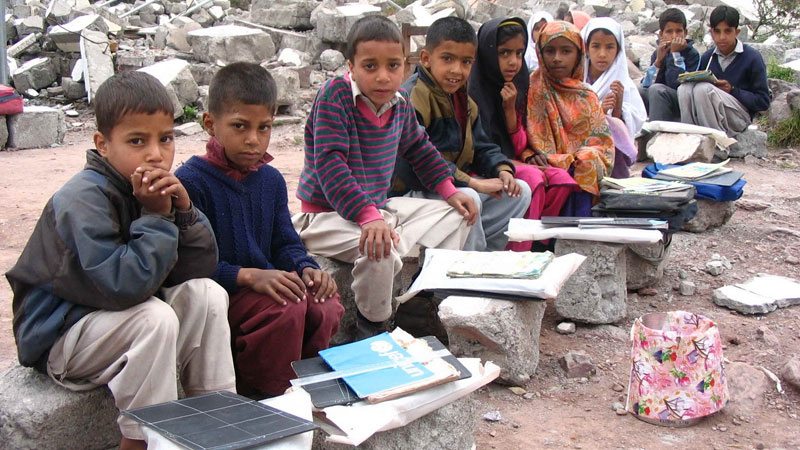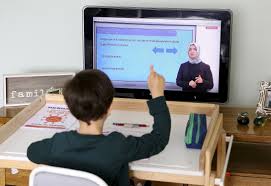
The worldwide closure of schools due to the Coronavirus pandemic is unprecedented–affecting more than 1.5 billion children, according to a United Nations policy brief. In countries like Pakistan, the situation poses a high risk of students, especially girls, dropping out and not returning to schools when educational institutions finally reopen.
COVID-19 is an emergency of enormous scale and extremely unusual in nature. It has derailed socio-economic progress and pushed many countries further back in their quest to achieve Sustainable Development Goals, especially SDG 4.
The COVID-19 pandemic has not only created a global health crisis but has also twisted a learning crisis across the world for children and adolescents of school-going age. During the first and second waves of COVID-19, education systems in most countries including Pakistan were adversely affected as the pandemic prompted country-wide closures of almost all institutions.
Education is the right of every child and is the bedrock of a just society. Pakistan has some of the world’s worst education indicators with 40 percent of children not attending any form of formal education. The COVID-19 crisis has further aggravated the situation. It is time to ask what measures government needs to take in order to make the education sector more sustainable, equitable, inclusive, and resilient in the face of crisis.
Meanwhile, educational technology has been rapidly advancing smartphones, tablets, virtual reality, and high-speed Internet–4G and 5G connectivity. All of this makes online learning more productive, adaptive, and accessible. In fact, the e-learning industry is currently valued at more than $200 billion and is expected to top $375 billion by 2026. Even so, Pakistan has some of the world’s worst educational outcomes. For example, it has the world’s second-highest number of children not in school: 22.8 million children aged 5 to 16, making upto 40 percent of school-age children.

In an unfortunate twist, the onset of the pandemic coincided with Pakistan’s struggle to implement a uniform curriculum across all provinces. As mitigation measures were implemented throughout South Asia, departments of education and higher-level universities found themselves poorly or, in most cases, completely unprepared for online learning and delivering distance learning. In the past, Pakistan had closed educational institutes due to terrorist attacks and political threats, but there was still no official policy regarding online education.

Meanwhile, Pakistan has an emerging mobile phone-user market and currently, 75 percent of the population uses mobile phones. But out of a population of 220 million, making it the fifth most populous country in the world, there are only 76.38 million internet users. That’s only 35 percent of the population, with only 17 percent using social media. Facts on the ground show that accessibility to the Internet is the major hurdle to adopting an e-learning system. Resistance to adopting technology or new learning pedagogy and being used to the classroom environment also play a negative role in resistance to online learning policy.
Therefore, provinces need to take the lead. They should develop and promote localized, free, and open digital tools for education to make large-scale remote learning possible. There is a dire need to develop, print, and distribute learning materials where there is limited access to the Internet and online resources.
A post-coronavirus scenario will require provincial governments to monitor the drop-out rate, especially for girls and children from impoverished or marginalized households. It can be done through databases maintained by the incumbent government’s EHSAS program (Former BISP). It is also high time to revisit the budget for education to ensure equitable allocation of funds and introduce game-changing investments for digital and online learning to become available to all.
The federal government along with international organizations, civil society, and private sector partners should join hands to prevent the current crisis from widening Pakistan's already huge educational inequality, and promote science, technology, engineering, and mathematics (STEM) education at all levels.
COVID-19 is an emergency of enormous scale and extremely unusual in nature. It has derailed socio-economic progress and pushed many countries further back in their quest to achieve Sustainable Development Goals, especially SDG 4.
The COVID-19 pandemic has not only created a global health crisis but has also twisted a learning crisis across the world for children and adolescents of school-going age. During the first and second waves of COVID-19, education systems in most countries including Pakistan were adversely affected as the pandemic prompted country-wide closures of almost all institutions.
Education is the right of every child and is the bedrock of a just society. Pakistan has some of the world’s worst education indicators with 40 percent of children not attending any form of formal education. The COVID-19 crisis has further aggravated the situation. It is time to ask what measures government needs to take in order to make the education sector more sustainable, equitable, inclusive, and resilient in the face of crisis.
Meanwhile, educational technology has been rapidly advancing smartphones, tablets, virtual reality, and high-speed Internet–4G and 5G connectivity. All of this makes online learning more productive, adaptive, and accessible. In fact, the e-learning industry is currently valued at more than $200 billion and is expected to top $375 billion by 2026. Even so, Pakistan has some of the world’s worst educational outcomes. For example, it has the world’s second-highest number of children not in school: 22.8 million children aged 5 to 16, making upto 40 percent of school-age children.

Children lack basic facilities and tools of formal education
In an unfortunate twist, the onset of the pandemic coincided with Pakistan’s struggle to implement a uniform curriculum across all provinces. As mitigation measures were implemented throughout South Asia, departments of education and higher-level universities found themselves poorly or, in most cases, completely unprepared for online learning and delivering distance learning. In the past, Pakistan had closed educational institutes due to terrorist attacks and political threats, but there was still no official policy regarding online education.

Coronavirus has fundamentally transformed learning mechanisms
Meanwhile, Pakistan has an emerging mobile phone-user market and currently, 75 percent of the population uses mobile phones. But out of a population of 220 million, making it the fifth most populous country in the world, there are only 76.38 million internet users. That’s only 35 percent of the population, with only 17 percent using social media. Facts on the ground show that accessibility to the Internet is the major hurdle to adopting an e-learning system. Resistance to adopting technology or new learning pedagogy and being used to the classroom environment also play a negative role in resistance to online learning policy.
Therefore, provinces need to take the lead. They should develop and promote localized, free, and open digital tools for education to make large-scale remote learning possible. There is a dire need to develop, print, and distribute learning materials where there is limited access to the Internet and online resources.
A post-coronavirus scenario will require provincial governments to monitor the drop-out rate, especially for girls and children from impoverished or marginalized households. It can be done through databases maintained by the incumbent government’s EHSAS program (Former BISP). It is also high time to revisit the budget for education to ensure equitable allocation of funds and introduce game-changing investments for digital and online learning to become available to all.
The federal government along with international organizations, civil society, and private sector partners should join hands to prevent the current crisis from widening Pakistan's already huge educational inequality, and promote science, technology, engineering, and mathematics (STEM) education at all levels.
